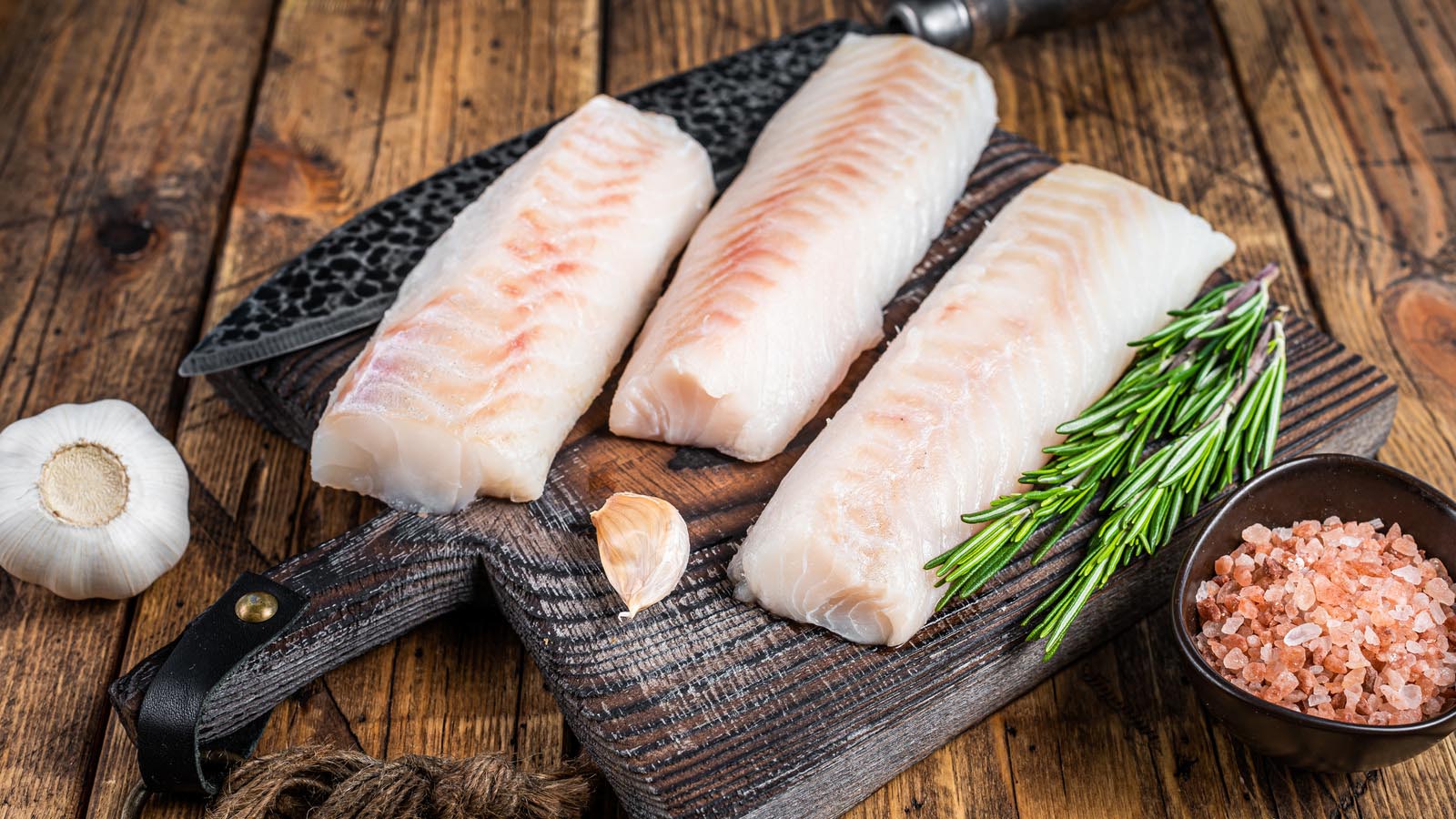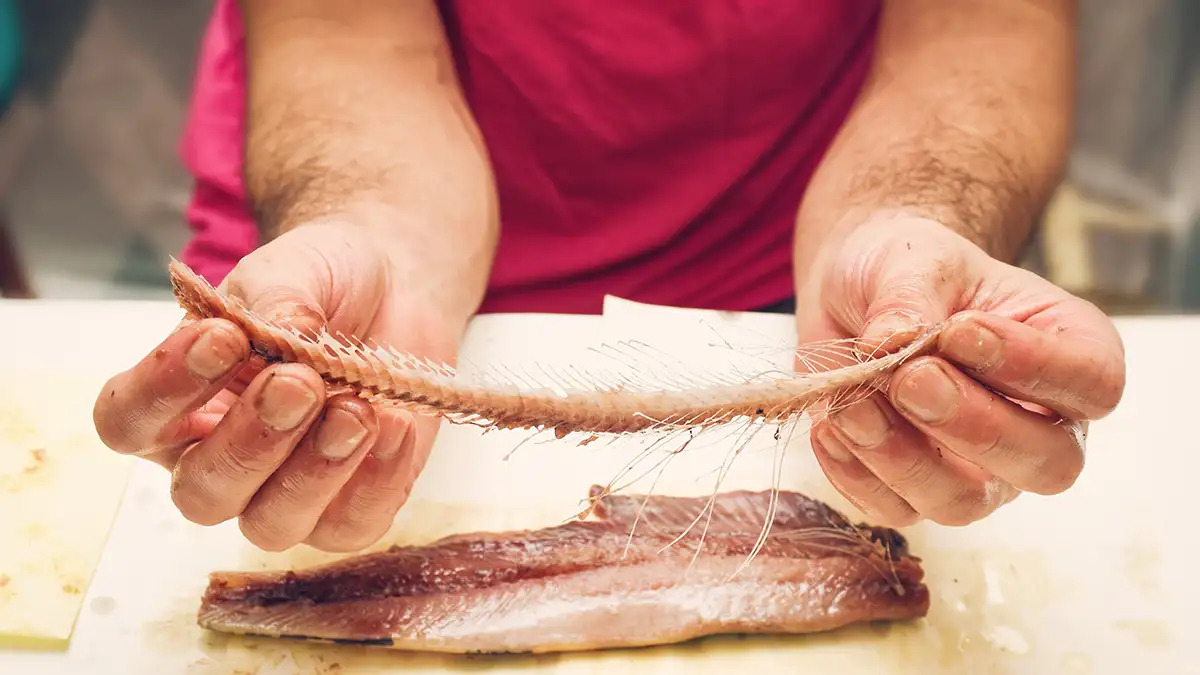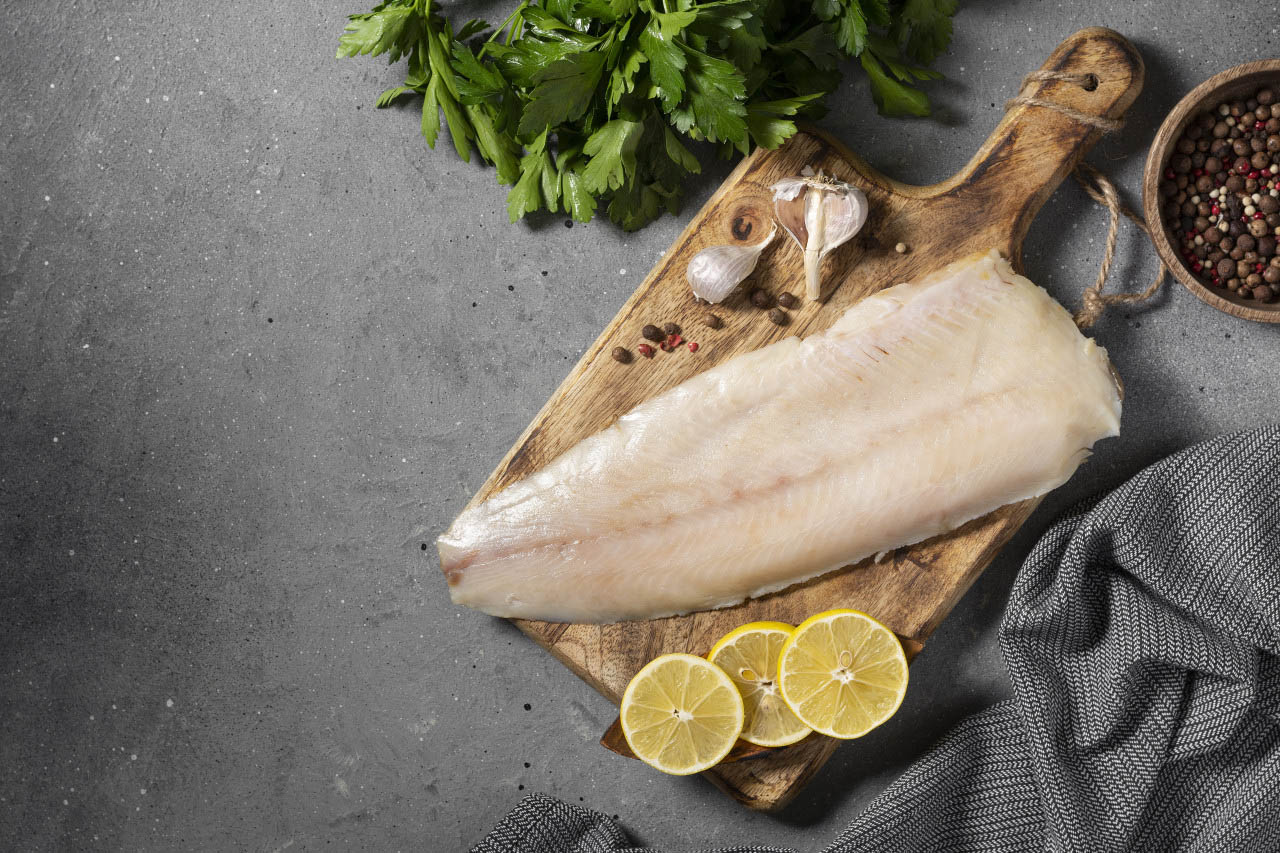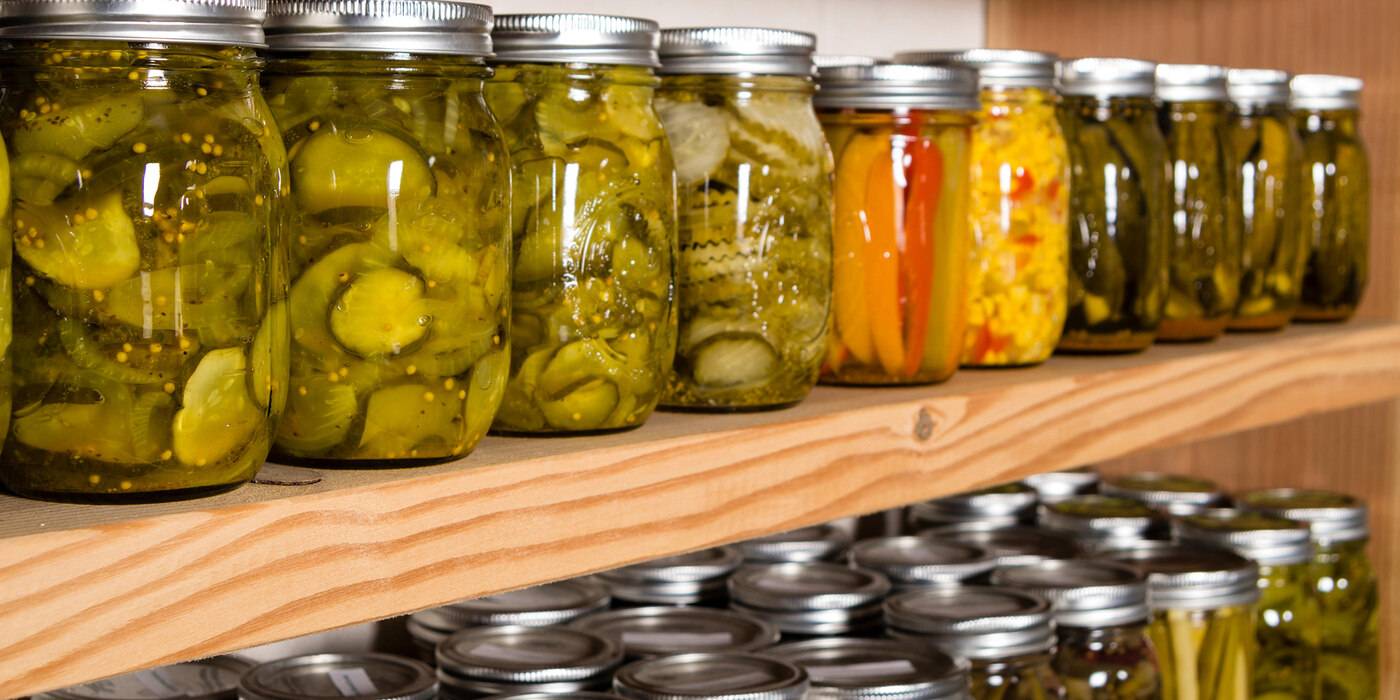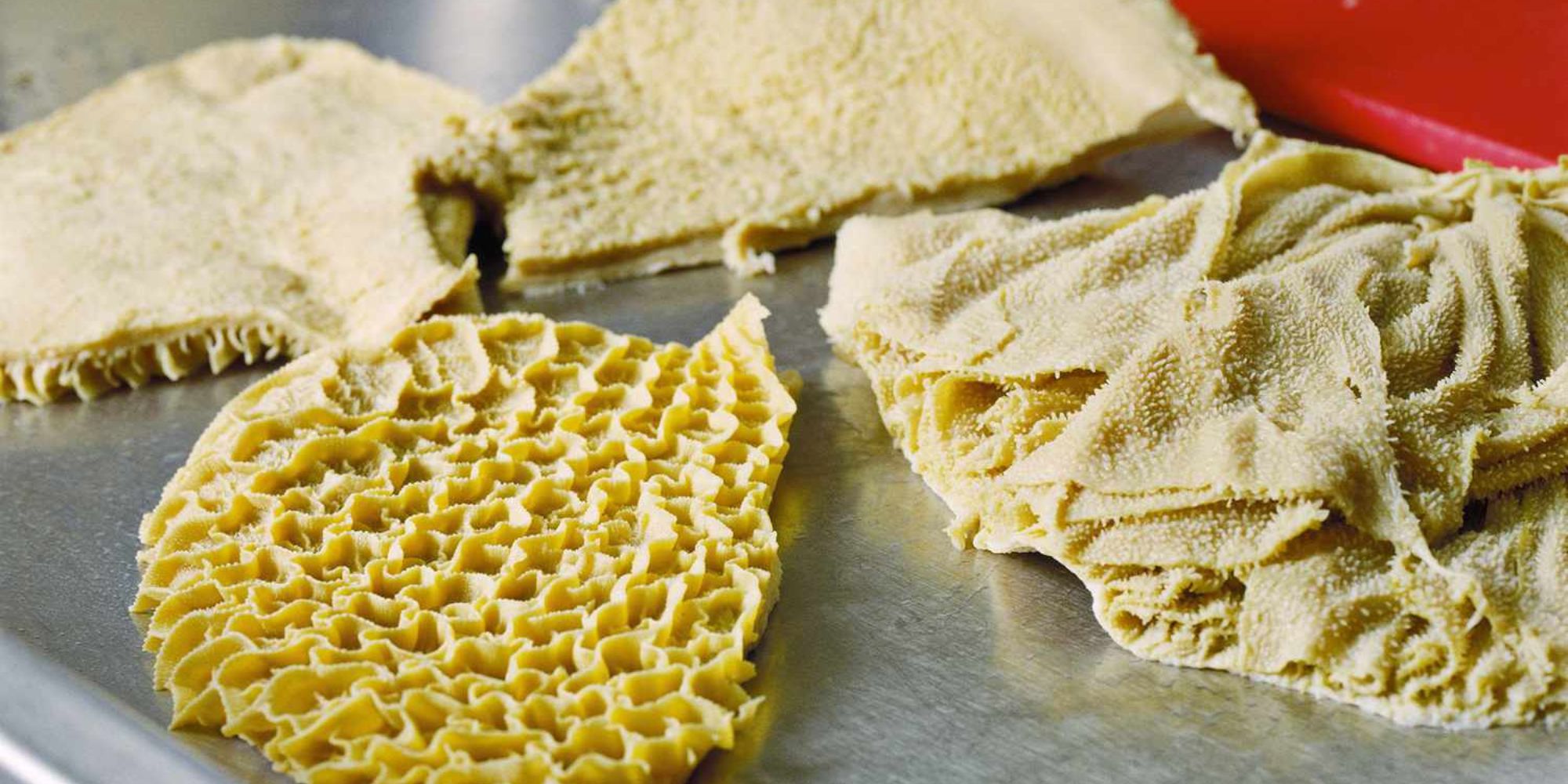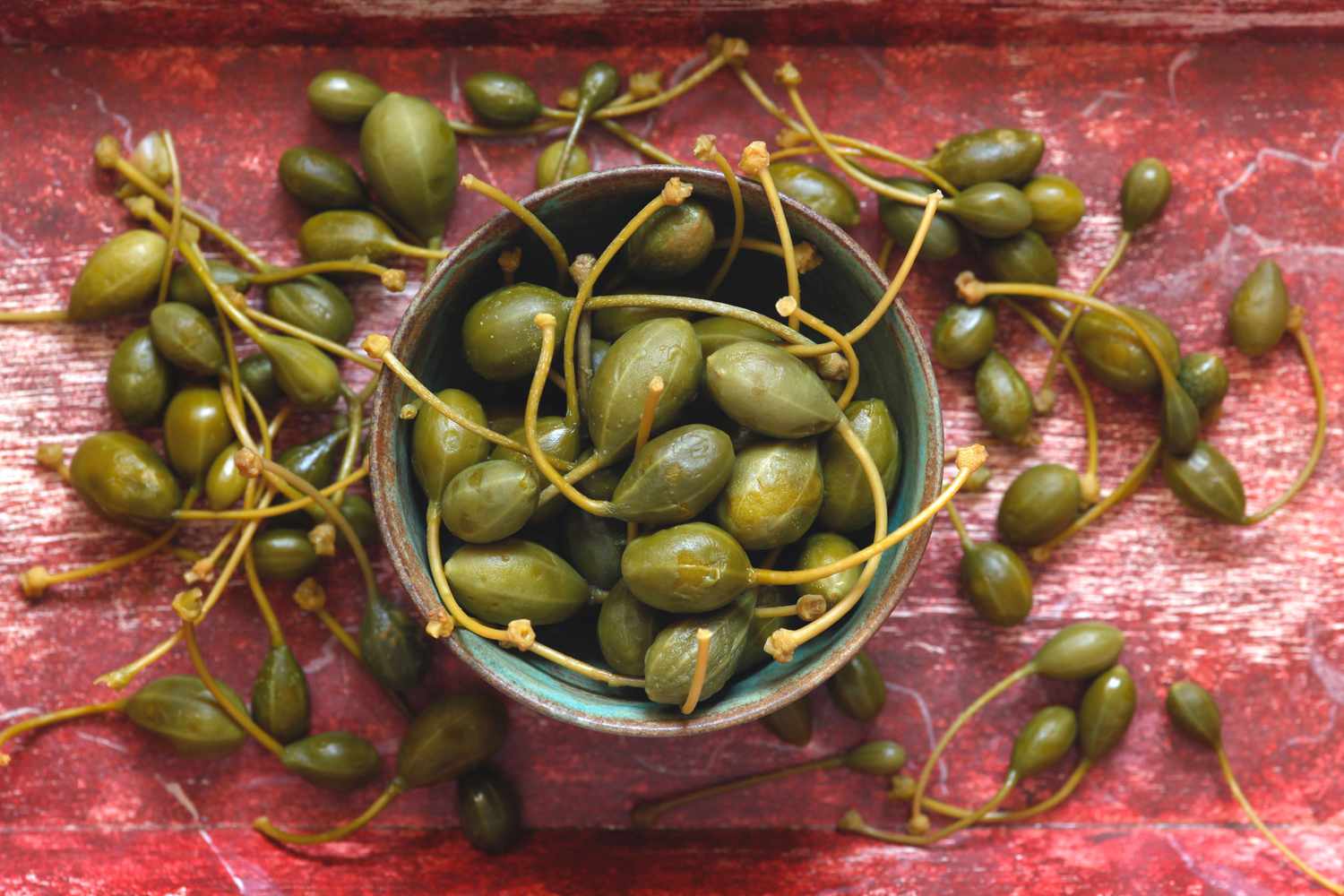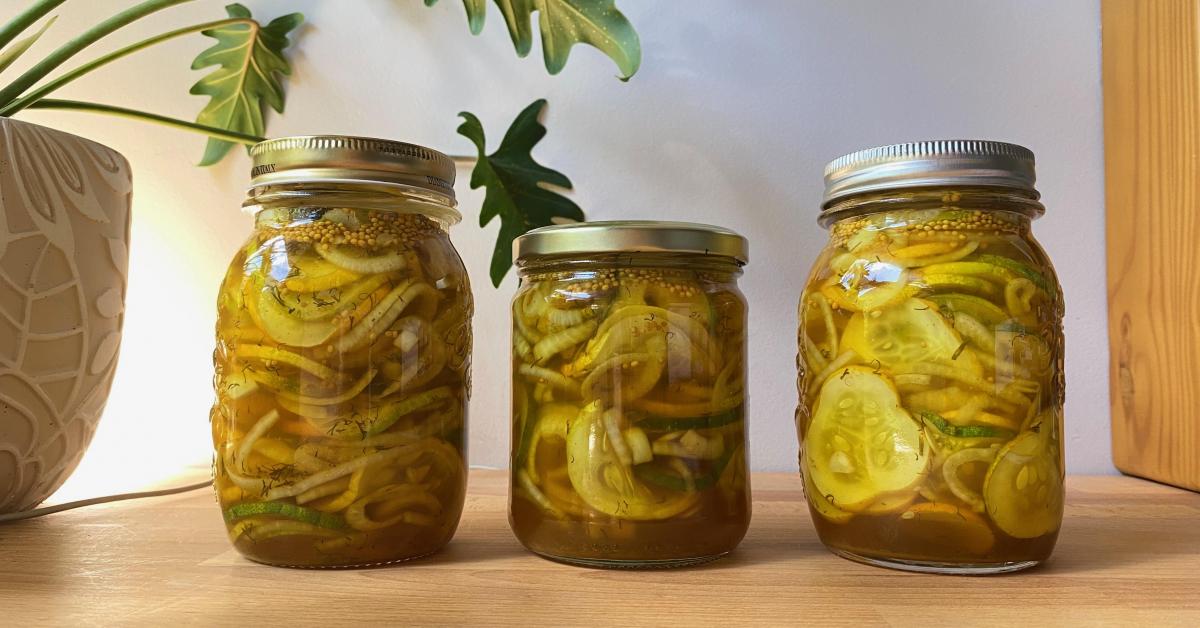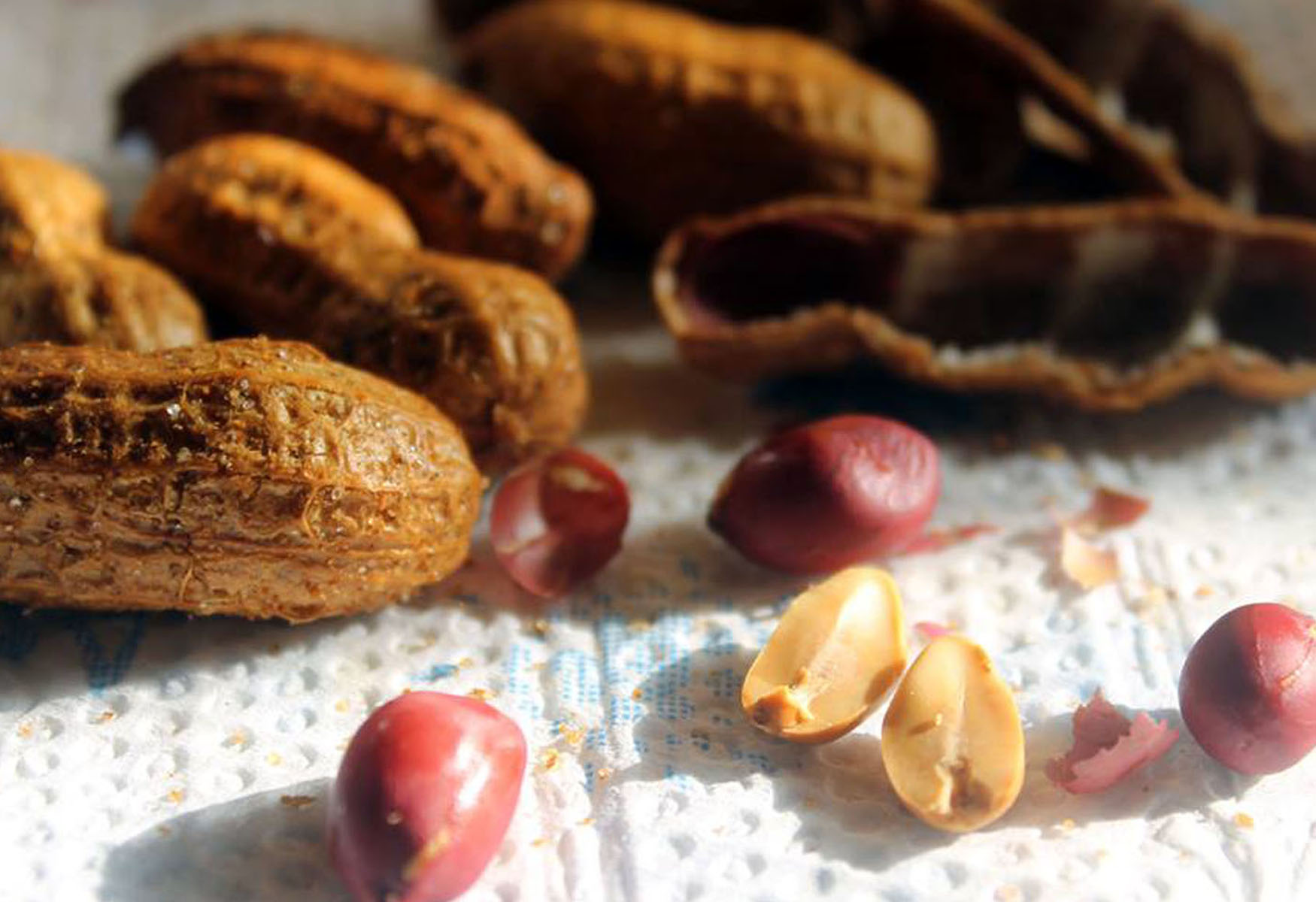Step-by-Step Guide: How to Debone a Carp
Deboning a carp may seem like a daunting task, but with the right technique and a little practice, it can be a rewarding experience. Whether you’re a seasoned angler or a cooking enthusiast looking to try something new, learning how to debone a carp can open up a world of culinary possibilities. Follow these simple steps to master the art of deboning a carp and elevate your cooking game.
What You’ll Need
Before you get started, gather the following tools:
- Sharp fillet knife
- Cutting board
- Kitchen shears
- Plastic wrap
- Paper towels
Step 1: Prepare the Carp
Begin by placing the carp on a clean, flat surface. Use a sharp fillet knife to make a shallow incision behind the gills, cutting down to the backbone. Next, make a slit along the belly, from the vent to the head, and carefully remove the innards.
Step 2: Remove the Scales
Using a fish scaler or the back of a knife, remove the scales from the carp. This will make it easier to handle and fillet the fish in the following steps. Rinse the carp under cold water to remove any remaining scales and pat it dry with paper towels.
Step 3: Fillet the Carp
Lay the carp on the cutting board with the belly facing up. Starting behind the head, insert the fillet knife along the backbone and carefully slice along the spine, working your way down towards the tail. Use smooth, steady strokes to separate the fillet from the bones, taking care to preserve as much meat as possible.
Step 4: Remove the Rib Cage
Once the fillet is removed, use kitchen shears to carefully trim away the rib cage. Take your time and follow the natural curve of the bones to ensure you extract the maximum amount of flesh from the carp.
Step 5: Check for Bones
After deboning the carp, run your fingers along the fillet to detect any remaining bones. Use kitchen tweezers to pluck out any stray bones that may have been missed during the initial filleting process.
Step 6: Wrap and Refrigerate
Once the carp is deboned and cleaned, wrap the fillets in plastic wrap and store them in the refrigerator until you’re ready to use them. Properly handled and refrigerated carp can be kept fresh for a few days, allowing you to plan your culinary creations at your own pace.
Final Thoughts
Learning how to debone a carp is a valuable skill that opens up a world of culinary possibilities. Whether you plan to pan-sear the fillets, smoke them, or incorporate them into a delicious fish stew, the effort you put into deboning the carp will be well worth it. With practice, you’ll become more efficient at this technique, allowing you to fully enjoy the delicious and versatile meat of the carp.
So, next time you catch a carp or visit the fish market, don’t be intimidated by its bones. Armed with the knowledge of how to debone a carp, you can confidently prepare this underrated fish and impress your friends and family with your culinary prowess.
Using the skill of deboning carp, readers can explore a variety of recipes that bring out the best in this often-overlooked fish. For a simple yet flavorful meal, try Pan-Seared Carp Fillets with Lemon Butter Sauce, which highlights the delicate taste of the carp. Those who enjoy a bit of zest might prefer Carp Fish Tacos with Fresh Salsa, providing a fresh and vibrant twist. If you're in the mood for something hearty, Carp Chowder with Potatoes and Corn offers a comforting bowl perfect for cooler days. For an elegant and light dish, Carp Carpaccio with Lemon and Olive Oil is an excellent choice, showcasing the fish's texture. Lastly, Carp En Papillote with Lemongrass and Ginger provides a fragrant and healthy option, sealing in all the flavors. These recipes not only make use of the deboning technique but also elevate the humble carp into a variety of delicious dishes.
Was this page helpful?
Read Next: How To Debone And Butterfly A Pork Shoulder

